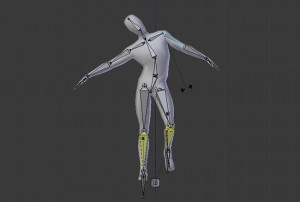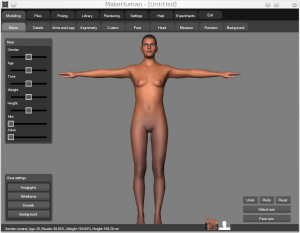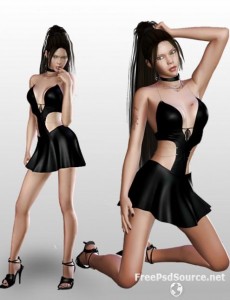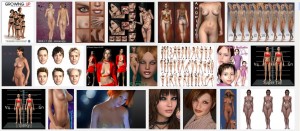The previous post dealt with the generation and acquisition of more realistic human characters suitable for importing into the Unity games engine and controllable by performers via the Kinect plugin. This post features four video demonstrations of the results.
1. Live character projection mapping
Unity asset, demonstrating a character attempting to follow the poses and walking movements of the performer, with variable degrees of success.
2. Live MakeHuman character projection mapping
The character is exported from MakeHuman as a Collada (.dae) asset suitable for importing into Unity. The character exhibits a greater degree of realism and may at times be perceived as being somewhat uncanny. The behaviour of the character is limited due to its inability to move horizontally with the performer.
3. Live DAZ character projection mapping
The imported semi-realistic human character is a free asset included with the DAZ software, the eyes are incorrectly rendered but this accidentally produces a somewhat eerie effect. The character can be seen to follow the movements of the performer with reasonable coherence, glitches appear when the performer moves too close to the back wall and the Kinect then becomes incapable of tracking the performer correctly.
4. Live two character projection mapping
This video is perhaps one of the more interesting in that watching two characters appears to be more interesting and engaging than watching one. We tend to read into the video as if the characters are interacting with each other and having a dialogue. One might imagine they are a couple arguing over something, when in fact the two performers were simply testing the interaction of the system, moving back and forth and independently moving their arms without attempting to convey any meaningful interaction or dialogue.


 A google image search of DAZ3d results in a disturbing overview of the genre.
A google image search of DAZ3d results in a disturbing overview of the genre.